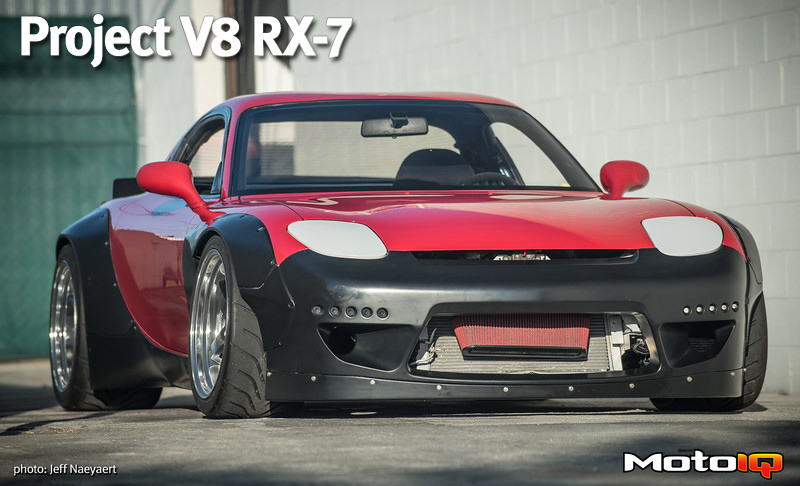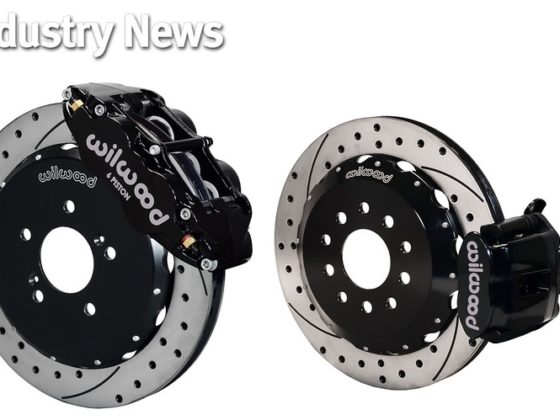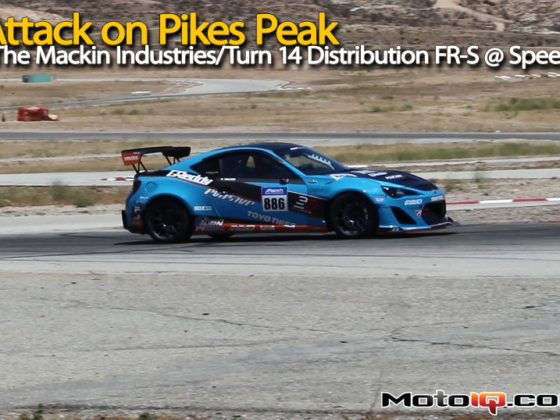,

Chris built most of Dai’s current Formula D BRZ and much of the Spoon Sports Time Attack Civic, but a great deal of his experience is rooted in the offroad world building baja race trucks. Simple stuff like a set of control arms is a piece of cake for him!

Chris then took the stock control arms and uprights and left back to his shop in Anaheim. From there, the stock arms would be used to fabricate an assembly jig which would assure that the new arms would fit.
The idea is to fabricate new upper and lower control arms to move the entire upright out approximately 1.75 inches per side. We say approximately because the plan is to use adjustable rod ends everywhere we had a non-adjustable bushing before for fine tune adjustments. This will help with not only for the track width, but for caster, camber, and toe as well.
Chris planned to build us some hollow, lightweight but strong arms that are off-road style and fabricated from sheet metal. He used the Solidworks CAD program to design the 3D drawings and then the drawing gets broken down into separate parts that get laser cut out of 0.060″ thick 4130 chrome moly sheet and bent. Once the parts are cut and bent, they are placed in the jig and tig-welded up.


The choices of where to use sphericals or rod ends were dictated by how we wanted the arm to adjust. We ended up drilling the taper out of the knuckle to use a 3/4″ bolt on the lower arm and the upper arm used a nontapered shaft so a 5/8″ bolt could be used.
Aurora bearings and rod ends are extremely high quality and are made from precision ground stainless steel using a PFTE liner for low friction and long life. We have found that Aurora bearings last many times longer than cheaper Chinese equivalents often found on aftermarket adjustable suspension links.




